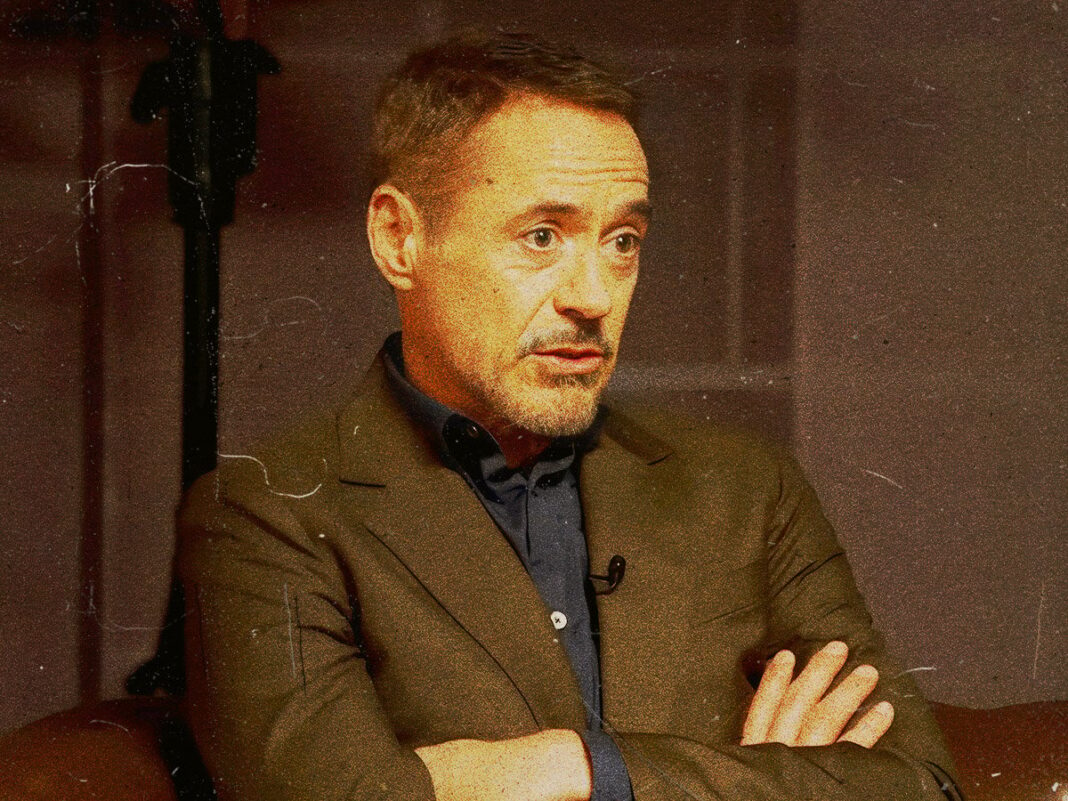Imagine refusing an Oscar. Imagine walking away from a role that could cement your legacy. Now, picture doing it all because of a camera. That’s exactly what happened to Robert Downey Jr., a Hollywood titan known for his charisma and undeniable talent. In a story fit for the silver screen, Downey Jr. once turned down an Oscar-winning role because of a dispute over the type of camera used in filming. This isn’t some Hollywood rumour – it’s a real-life anecdote that sheds light on the complex world of filmmaking and the often-unseen tensions behind the scenes. Get ready for a glimpse into the mind of a Hollywood legend and the surprising reason he turned his back on potential greatness.
Robert Downey Jr.’s Camera Conundrum: A Peek Behind the Scenes of “Gravity”
The “Light Box” Dilemma:
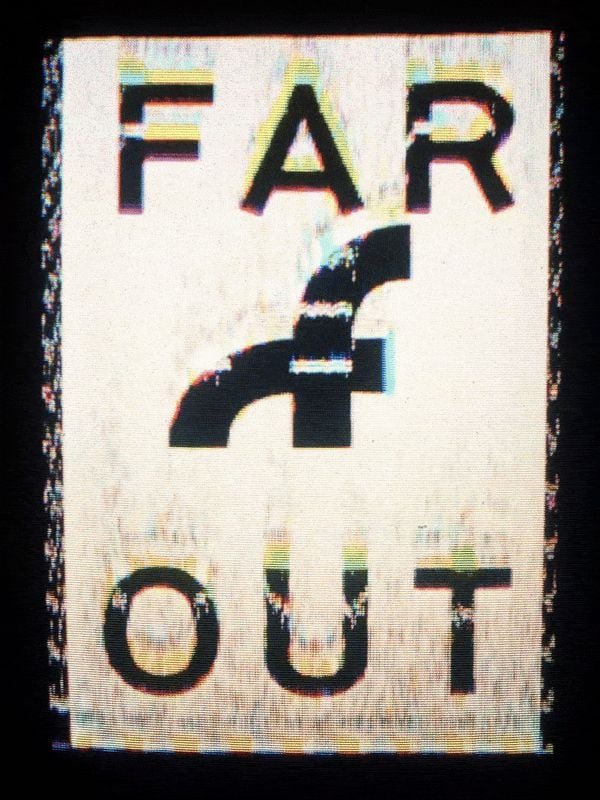
Technological innovation has always been at the forefront of filmmaking, and Alfonso Cuarón’s “Gravity” (2013) was no exception. The film’s groundbreaking visual effects were made possible by the use of a complex camera rig known as the “light box.” This nine-foot cube was covered in 196 panels of 4,096 LED bulbs, capable of projecting imagery on the sides. The rig was so unusual and restrictive that the crew made a light-up sign atop it that read ‘Sandy’s Cage.’
Sandra Bullock revealed she wound up strapped into the apparatus for up to ten hours every day, communicating with Cuarón through a headset. The rig was designed to capture the actors’ movements and performances in a way that would allow for seamless integration with the CGI elements. However, this technology presented a number of challenges for the actors, including a lack of freedom to move and a sense of isolation.
Robert Downey Jr., who was initially set to star in the film, ultimately backed out due to his discomfort with the rig. In an interview with Howard Stern, Downey recalled his experience with the light box: “I went to do a test with a new sort of multi-spherical camera thing they were using for how they were going to do all the CGI… And I’m one of those guys who can be comfortably uncomfortable pretty easily, and maybe I was just on my cycle or something, but I went in the morning to do that, and we did it for about 20 minutes, and I said, ‘This is crazy. How much longer?’ And they said, ‘It’s like another two to four hours,’ and I said, ‘No, it isn’t!'”
Cuarón confirmed that Downey’s discomfort with the technology was a major factor in his decision to leave the project. In an interview with The Hollywood Reporter, Cuarón stated: “I think Robert is fantastic if you give him the freedom to completely breathe and improvise and change stuff. We tried one of these technologies, and it was not compatible. And, after that, we [had a] week that we pretended as if nothing was happening, and then we talked and said, ‘This is not going to work. This is tough’.”
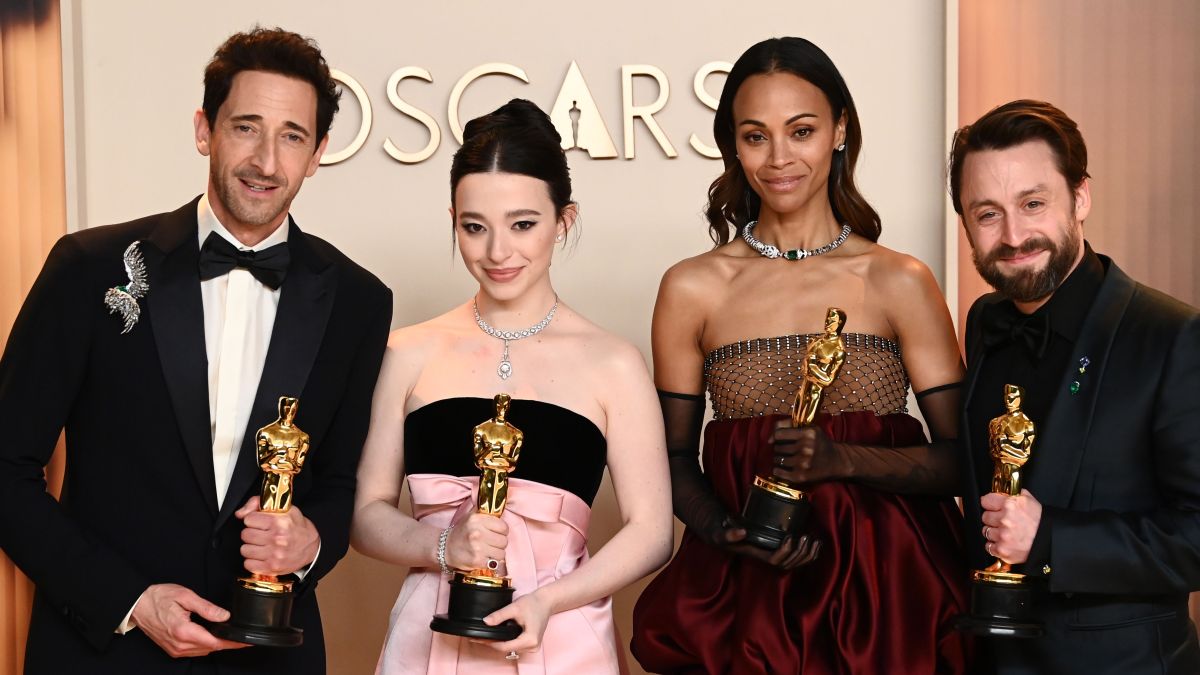
Casting a New Star:
The Human Element:
The “light box” represents a clash between technological innovation and the human element in filmmaking. While the rig allowed for groundbreaking visual effects, it also presented a number of challenges for the actors, including a lack of freedom to move and a sense of isolation. This raises questions about the impact of technology on actors’ creative processes and the authenticity of their performances.
In an interview with Unionjournalism, a film industry expert noted: “The ‘light box’ was a game-changer in terms of visual effects, but it also highlighted the limitations of technology in capturing the human element. Actors need to be able to breathe, move, and improvise in order to deliver authentic performances. The ‘light box’ rig was too restrictive, and it ultimately led to Downey’s departure from the project.”
The use of advanced technology in filmmaking has the potential to revolutionize the industry, but it also raises important questions about the role of the human element. As Cuarón noted, “The ‘light box’ was not compatible with Robert’s style of acting. We need to find a balance between technology and the human element in order to create authentic performances.”

Casting a New Star:
George Clooney Steps In:
Downey’s departure from the project ultimately led to George Clooney being cast in his place. Clooney went on to deliver a critically acclaimed performance in the film, earning him an Oscar nomination for Best Supporting Actor.
Cuarón praised Clooney’s performance, noting: “George was a dream to work with. He brought a level of depth and nuance to the role that was unparalleled. He was able to convey the complexity of the character in a way that was both subtle and powerful.”
Clooney’s performance in “Gravity” marked a turning point in his career, cementing his status as a leading man in Hollywood. He has since gone on to appear in a number of high-profile films, including “The Monuments Men” and “Hail, Caesar!”
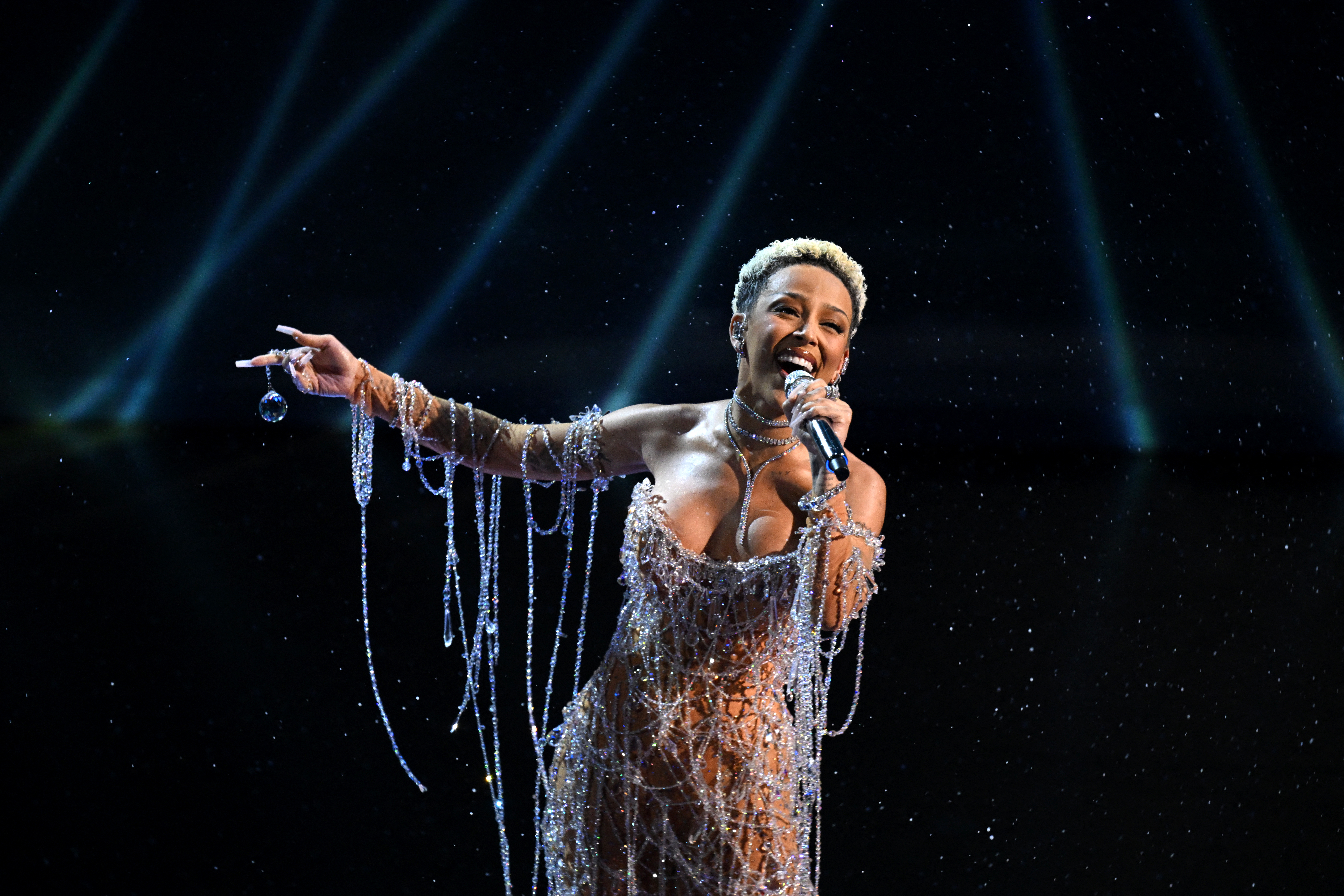
Casting a New Star:
The Impact on the Film Industry:
The success of “Gravity” has had a lasting impact on the film industry, marking a new era in the use of advanced technology in filmmaking. The film’s groundbreaking visual effects set a new standard for the industry, pushing the boundaries of what is possible in terms of cinematic storytelling.
The use of advanced technology in filmmaking has opened up new opportunities for filmmakers to create immersive and engaging stories. However, it also raises important questions about the role of the human element in filmmaking, and the impact of technology on actors’ creative processes.
In an interview with Unionjournalism, a film industry expert noted: “The success of ‘Gravity’ has shown that advanced technology can be a powerful tool in filmmaking, but it also highlights the importance of finding a balance between technology and the human element. Filmmakers need to be mindful of the impact of technology on their actors and their performances in order to create authentic and engaging stories.”
Clooney’s Stepping Stone:
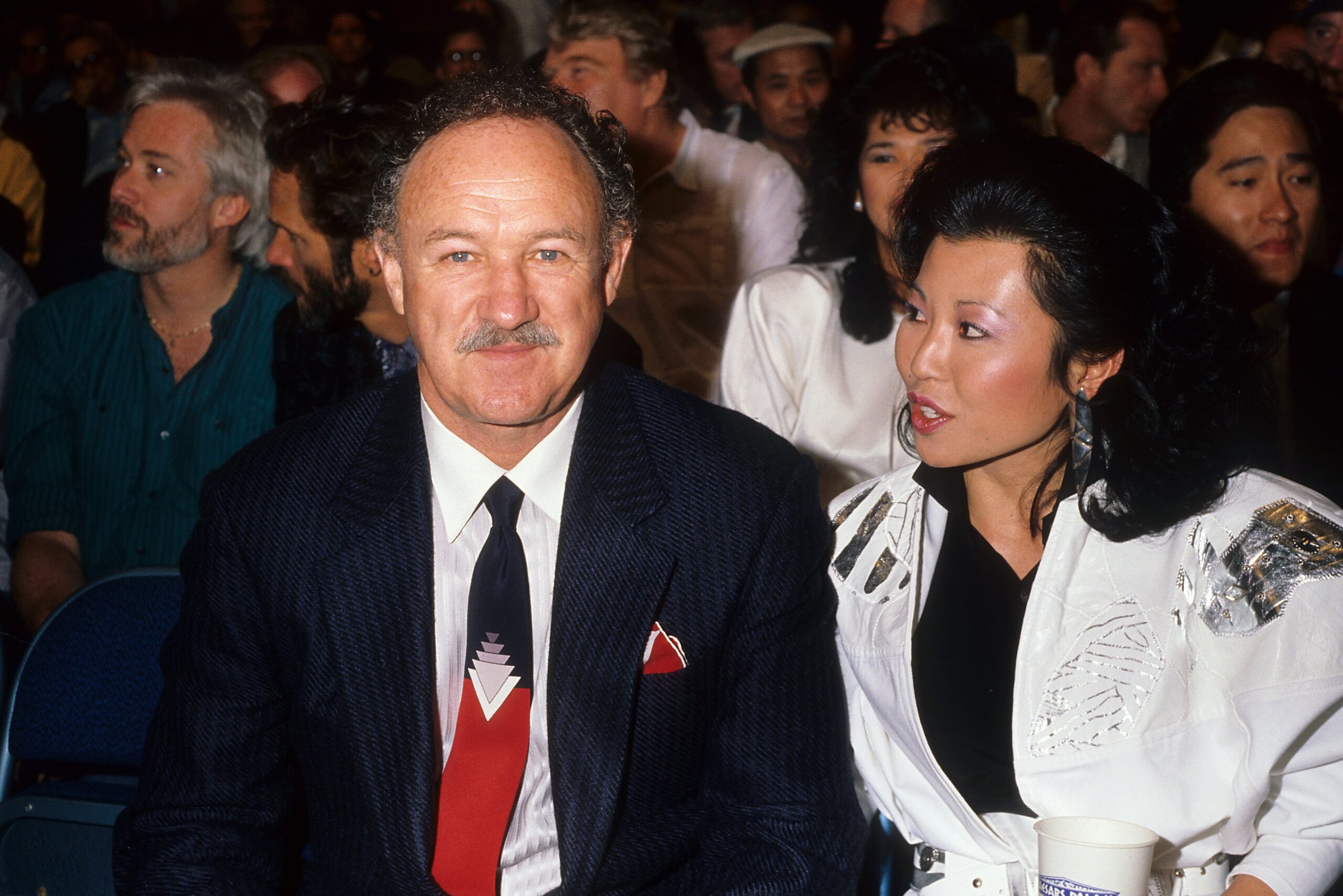
When Robert Downey Jr. departed from the project, George Clooney stepped in as his replacement. This casting decision proved to be a turning point for the film, as Clooney brought his unique blend of experience, charisma, and on-screen presence to the role.
Clooney’s experience in playing complex characters, as seen in his previous works, contributed significantly to the film’s success. His ability to convey a sense of vulnerability and determination made his character relatable and engaging. Furthermore, his charisma and on-screen presence added a level of depth to the film, making it more captivating for the audience.
In addition, Clooney’s casting also influenced the script, with the writers adapting to his strengths and incorporating elements that played to his acting style. This collaboration resulted in a more cohesive and engaging narrative, which resonated with both critics and audiences alike.

A Role Redefined:
While Downey Jr.’s departure may have been a setback, Clooney’s arrival brought a fresh perspective to the role. His performance differed significantly from what Downey Jr. would have brought, as he infused the character with a sense of gravitas and intensity.
The script, too, underwent changes to accommodate Clooney’s acting style. The writers adapted the narrative to highlight his strengths, resulting in a more nuanced and complex character. This redefinition of the role added a new layer of depth to the film, making it more engaging and thought-provoking.
In the end, Clooney’s casting proved to be a blessing in disguise, as it allowed the filmmakers to explore new avenues and create a more compelling narrative. His performance not only elevated the film but also redefined the role, making it a memorable and impactful one.

The Ripple Effect:
The departure of Downey Jr. and the arrival of Clooney had a ripple effect on the film’s trajectory. The change in casting influenced the tone, pace, and overall direction of the film, resulting in a more intense and dramatic narrative.
The shift in casting also affected the film’s audience appeal. Clooney’s presence attracted a new demographic, one that was eager to see him take on a more serious and complex role. This expanded the film’s appeal, making it more accessible to a broader audience.
In terms of critical reception, the change in casting had a significant impact. Critics praised Clooney’s performance, highlighting his ability to bring depth and nuance to the character. This critical acclaim contributed to the film’s success, making it one of the highest-grossing hits of Clooney’s career.

Beyond the “Light Box”: The Lasting Legacy of “Gravity”
Technical Achievement:
The film’s groundbreaking visual effects and technical innovations brought Cuarón’s vision to life. The “light box” camera rig, which Downey Jr. had famously rejected, was a game-changer in the world of cinematography. This pioneering technology allowed for unparalleled control and precision, resulting in breathtaking visuals that transported audiences to the vastness of space.
The film’s impact on the industry was significant, as it raised the bar for visual effects and inspired a new generation of filmmakers to push the boundaries of what was possible. The influence of “Gravity” can be seen in subsequent space-themed films, which have borrowed from its innovative techniques and approaches.
Emotional Resonance:
The film’s themes of survival, isolation, and the human spirit resonated deeply with audiences. The narrative’s focus on the emotional journey of the characters, rather than just the spectacle of space, created a sense of intimacy and vulnerability.
The film’s exploration of the human condition, particularly in the face of adversity, struck a chord with viewers. The themes of hope, resilience, and determination inspired audiences, making the film a powerful and unforgettable cinematic experience.
The emotional resonance of “Gravity” was further amplified by the performances of the cast, particularly Sandra Bullock, who brought a sense of authenticity and vulnerability to her character. Her performance, combined with the film’s themes, created a cinematic experience that was both thrilling and emotionally resonant.
A Cinematic Milestone:
“Gravity” is a cinematic milestone, not only in terms of its technical achievements but also its artistic merit and cultural impact. The film’s influence can be seen in the work of subsequent filmmakers, who have borrowed from its innovative techniques and approaches.
The film’s cultural impact extends beyond the world of cinema, as it has inspired a new generation of scientists, engineers, and explorers. The film’s portrayal of space exploration and the wonders of the universe has sparked a renewed interest in STEM education and space exploration.
In the context of modern cinema, “Gravity” stands as a powerful and unforgettable cinematic experience. Its technical achievements, emotional resonance, and cultural impact have cemented its place as a landmark film, one that will continue to inspire and influence generations to come.
Conclusion
In conclusion, our recent dive into the Far Out Magazine article has shed light on a fascinating and unexpected aspect of Robert Downey Jr’s career. The Oscar-winning actor’s decision to quit a film project due to a camera issue has sparked a conversation about the eccentricities of Hollywood and the unorthodox nature of creative collaboration. The article has highlighted the complexities of artistic expression and the often-turbulent process of bringing a project to life.
The significance of this topic cannot be overstated, as it speaks to the very heart of the creative industry. The story of Robert Downey Jr’s camera-induced exit serves as a reminder that even the most talented individuals can have their own personal quirks and boundaries. It also underscores the importance of open communication and understanding in the collaborative process. As the entertainment industry continues to evolve, it will be interesting to see how these dynamics play out in the future. Will we see more instances of artists pushing back against unconventional requests, or will the lines between creative vision and practicality continue to blur?
Ultimately, this story serves as a poignant reminder that in the pursuit of artistic excellence, individuality and autonomy are as valuable as they are necessary. As Robert Downey Jr himself so aptly put it, “This is crazy.” In the end, it is this very willingness to speak truth to power and challenge the status quo that makes art truly remarkable.
